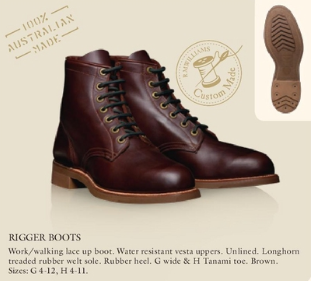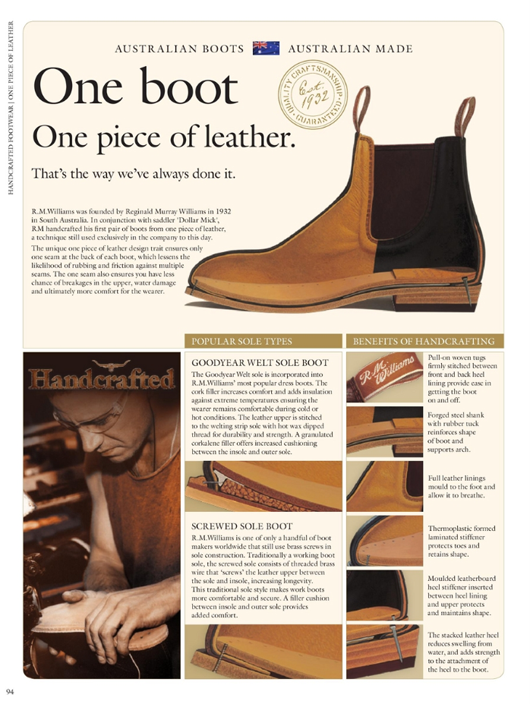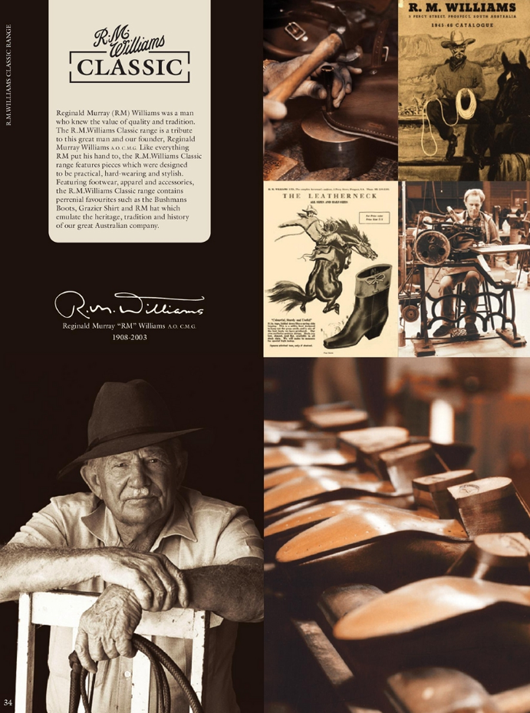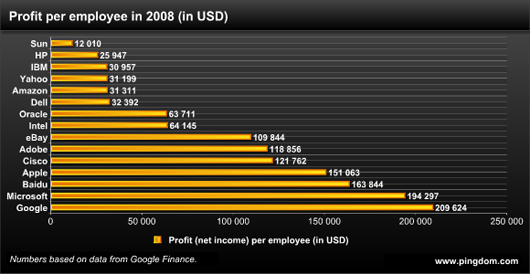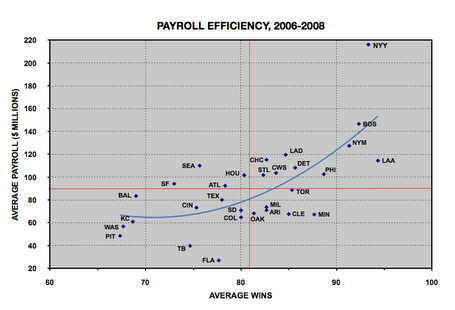This is part of our “Bootstrapped, Profitable, & Proud” series which profiles companies that have $1MM+ in revenues, didn’t take VC, and are profitable.
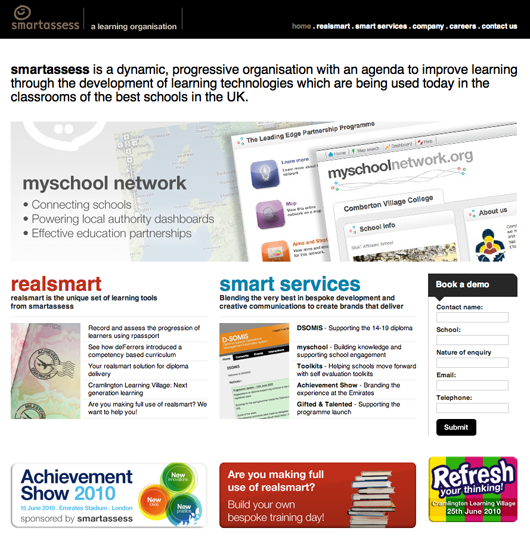
In 2004, Gwyn ap Harri was a full time teacher with a couple of ideas. One was to use screen recording software for kids to demonstrate what they had learnt in the classroom. After doing a search, he didn’t find any suitable software for use in schools. One piece of software was almost there, so he contacted the creator, who lived in Beijing. After a few modifications, Gwyn put it on the market and sold it to a few schools.
He kept teaching and used the cash from those sales to fund the development of one of his other ideas: realsmart. The product started from his own frustrations. “As a teacher with all the usual pressures of getting results out of kids, I ended up teaching to the exam, and the kids weren’t learning anything real,” he says. “I had to be part of the solution, not the problem.”
So he came up with realsmart. “realsmart is certainly not a traditional piece of educational software,” according to Gwyn. “I recognised that at the epicentre of what I was doing was the young learner. So many educational products have the teacher at the centre, and they’re not.”
“realsmart is based on self assessment rather than the teacher telling you what to do,” continues Gwyn. “Students own their portfolios and can build them at their own pace. It’s based on the idea that we learn as we reflect and record our learning, not when a teacher tells us we’re a B- and could do better. It tries to help us learn like we do in the real world ie on our own, with our friends to help us, and occasionally some feedback from an expert.”
Students use realsmart to build “learning portfolios” via collaborative websites, blogs and podcasts, mind maps, and more. “It’s assessment software that doesn’t have any grades or percentages or deadlines or anything like that. They’re quite hard to explain in a few words, which is why we have loads of videos showing them off on our website,” according to Gwyn.

Gwyn ap Harri at Arsenal football stadium, where smartassess sponsored the Achievement Show 2010.
Getting off the ground
It wasn’t an instant hit though. “We used the money from the screen recording software to create our first version of realsmart, but it looked crap, and it didn’t do that much to be honest. It was like trying to sell half a car. We knew we weren’t going to be able to sell enough to fund the next step. We were spending more on diesel than we were bringing in.”
Continued…

